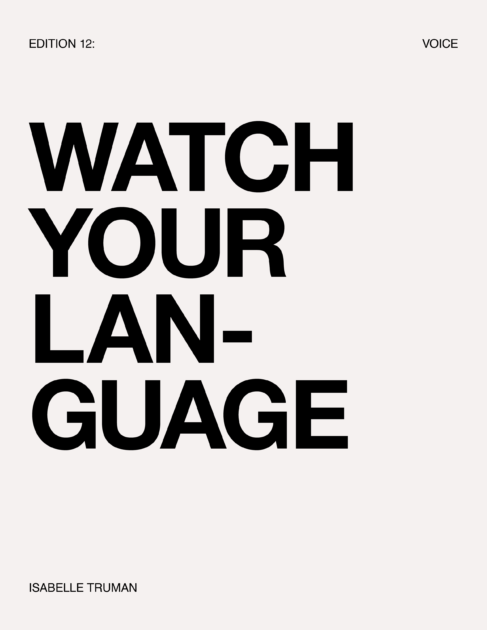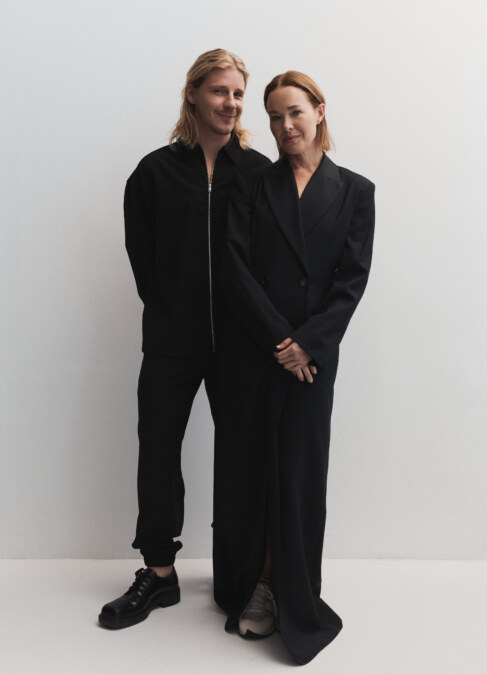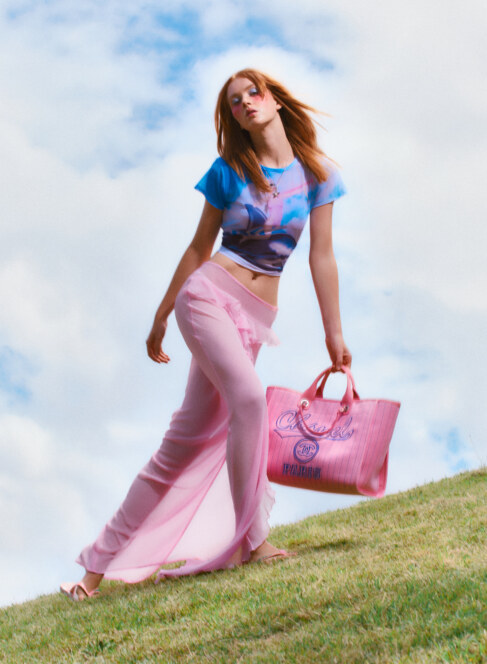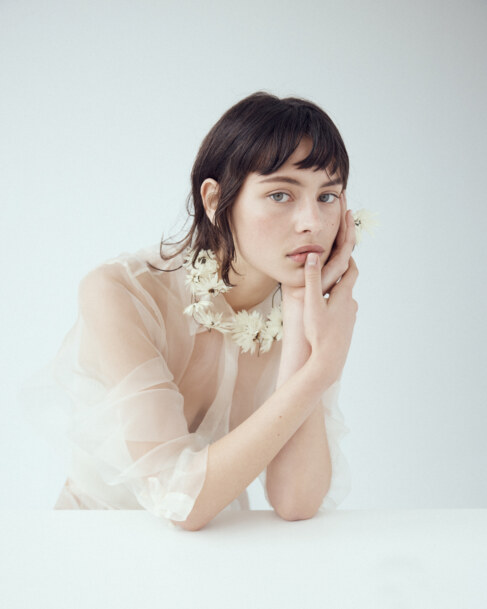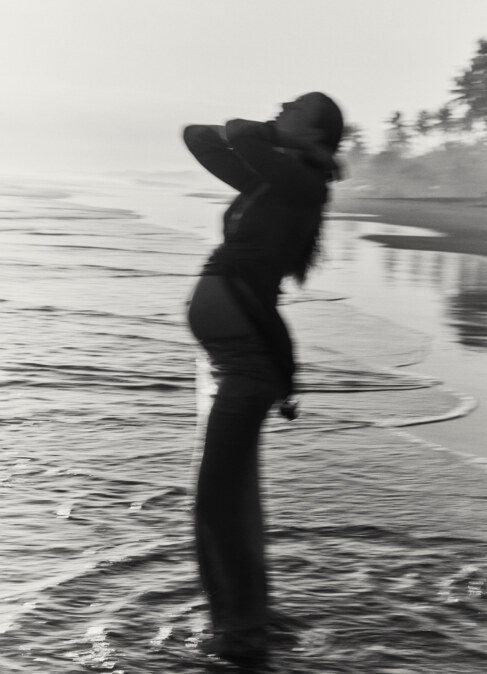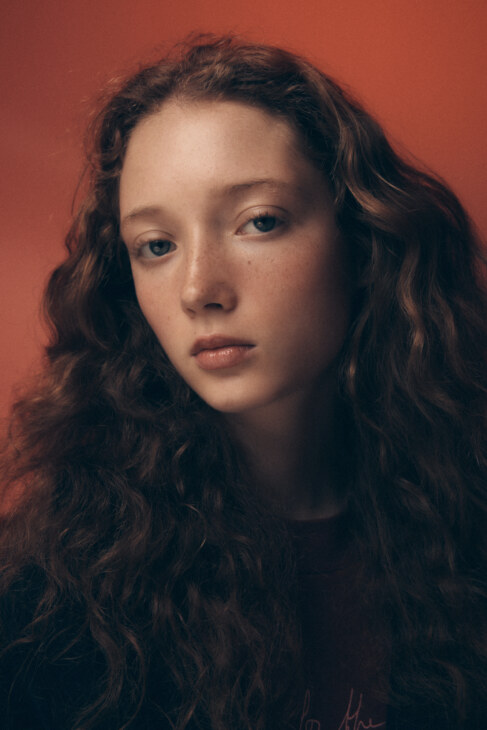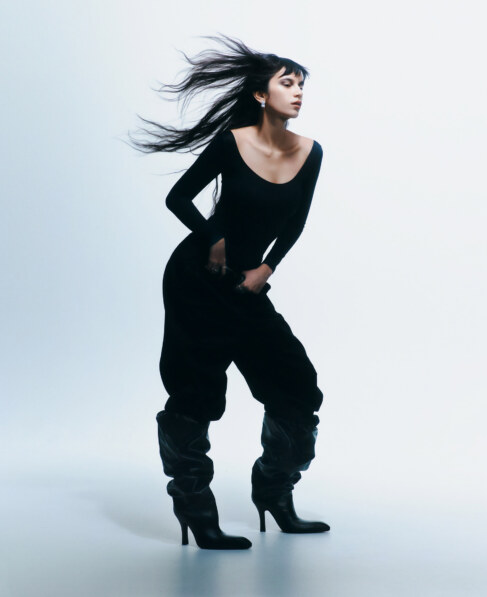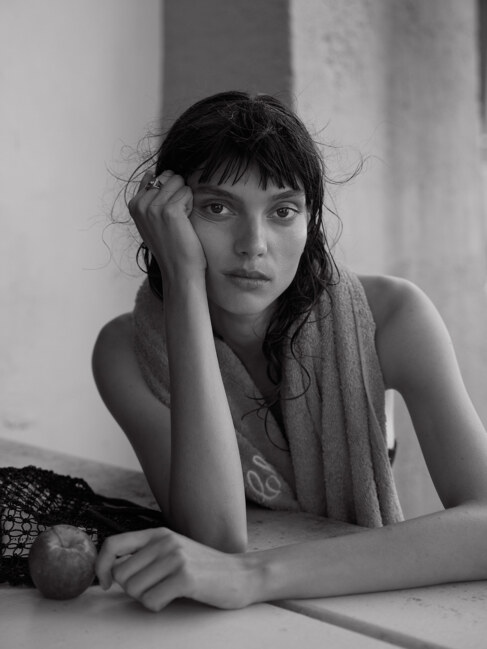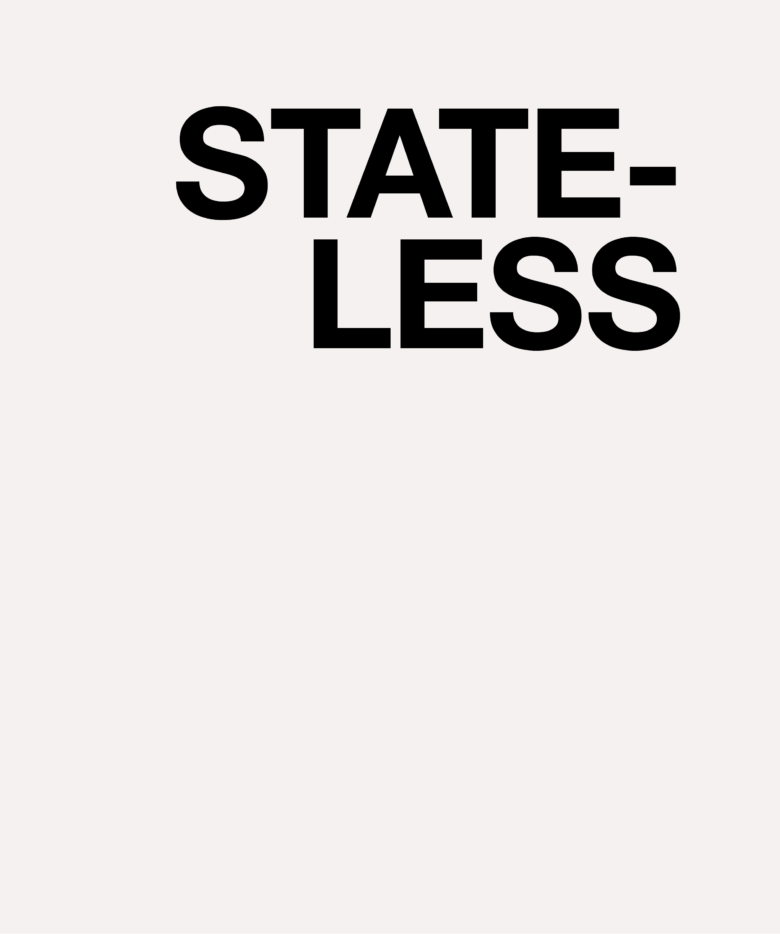
WRITTEN BY: Nadine Von Cohen
December 2018. Early morning. A text.
“Baby coming!”
I stared at my phone until my brain kicked in. Then I sprang out of bed so fast I got dizzy.
I made it to the hospital as quickly as one can get to one side of Sydney from another.
When I got there, she was still in the early stages of labour.
The birthing room was large and barren, perfectly functional but with a coldness ill-suited to its purpose. I felt like she should have been having a root canal, not bringing new life into the world.
But she was smiling, calm, texting with friends and family.
“Who’s this?”
A bubbly young nurse in a pink scrunchie had come to check on her.
“I’m a friend.”
—
Months earlier. An email from a law firm.
“Can you visit a Nauru refugee in Villawood? A single pregnant woman just arrived.”
“Sure. Does she need anything?”
“Not that you can take in.”
—
I applied to visit the woman at Villawood Detention Centre the following week. You can’t just rock up. You can’t do a lot of things, though exactly what depends on who’s working that day.
Once they wouldn’t let me in because I was wearing open-toed shoes, despite having worn them on previous successful visits.
Once they wouldn’t let me take in a pack of Tim Tams because they said it had puncture marks on it. Readers, it did not.
And another time they wouldn’t let me take in a phone credit top-up receipt with a pin number on it to give to a detainee. A piece of paper. “You know I can just photograph and text it to him, right?” She shrugged.
My visit was approved.
—
She’d said she wanted me there but I didn’t know if that meant being in the birthing room or waiting outside.
Her English was poor and my Somalian worse.
I resolved to stay until she kicked me out.
—
Visitor’s room, Villawood Detention Centre. Where styrofoam cups and hope go to die.
As I waited for her, two rowdy groups of twenty-somethings with Irish accents sat at opposite ends of the large, grey room. Visa overstayers, probably – the white ones generally are.
The guards took forever to get her. They take forever to do everything.
The entire system has been designed to frustrate you in the hope you won’t return.
Visitors lift detainees’ moods and we certainly can’t have that. What would the neighbours think?
Finally, they brought her in. She was wrapped in an intricate swathe of brightly coloured fabrics, her hair fully covered, only her face visible.
We sat on a horrific lime green plastic couch straight out of a St George bank circa 1987, drinking styrofoam tea and trying to understand each other.
She had gallstones, which were causing her serious pain but couldn’t be removed until after she had the baby. This explained why she was here.
Refugees on Nauru generally give birth on the island. Only pregnant women with medical complications are brought to Australia.
I ate most of a potentially treasonous pack of biscuits on the drive home.
—
A few hours into labour, she started to become despondent.
It had happened before.
After months in Villawood, with no indication of when she might be allowed into community detention (to live in a house but with few rights and no visa), she retreated into herself.
Others from Nauru and Manus had come and gone while she remained, waiting. She didn’t understand it. I didn’t understand it. But I stopped expecting logic from the government a long time ago.
She stopped engaging in conversation and seemed entirely disconnected from the pregnancy.
The lawyers ramped up efforts to get her out.
Then one afternoon she messaged me.
“Out of Villawood.”
Smiley face emoji. Flower emoji. Party popper emoji.
—
There are countless horror stories about the treatment of refugees detained on the island nations of Nauru and Papua New Guinea for over seven years and counting.
Many include major physical, mental and sexual abuse, the trauma of which they will carry for life.
Then there are micro-tortures – small calculated obstacles and degradations like making them shower in front of guards and only giving bleeding women two pads a day.
Micro-tortures are designed to work together to gradually crush the refugees’ spirit and make life so unbearable they’ll beg to go home.
Few have smacked me in the face quite like this one.
Imagine you’re a pregnant refugee with chronic pain and little to no English. You’ve spent the last seven years in a prison camp and all you know of Australia is the inside of a detention centre.
Picture yourself walking through a hospital, flanked by guards and wearing handcuffs.
HANDCUFFS.
For OBGYN appointments.
We are governed by monsters.
—
I’ll never forget the look on her face when I got to her new, mostly yellow house.
She was so excited.
The place is little more than a fibro granny shack, but it’s hers and she loves it.
The battle was far from over but she was off Nauru and out of Villawood.
She could make a home for her baby, at least for now.
She was free. Sort of. Not really.
There was a real possibility they’d send her back to Nauru once the baby was born and her gallstones had been removed.
But that night we celebrated.
—
Back in the birthing room.
I never thought my first time in a labour would be for someone else’s baby.
But there I was, in full scrubs, squeezing the hand of a woman I’d known for mere months.
It was intense, surreal and incredibly humbling. But it’s not about me.
As her beautiful baby was lifted into life I looked at her and she was back. She was grinning, glowing.
When they laid him on her chest, she cried huge happy tears.
He was here and he was hers.
But he’s stateless.
—
What am I fighting for? I’m fighting for them.
*Nadine von Cohen is a writer and refugee advocate. She co-founded Hope for Nauru, a 100% volunteer-run charity sending material aid to refugees and asylum seekers on Nauru and providing ad hoc support for some in Australia.
–
SIDE-NOTE acknowledges the Eora people as the traditional custodians of the land on which this project was produced. We pay our respects to Elders past and present. We extend that respect to Aboriginal and Torres Strait Islander peoples reading this.
